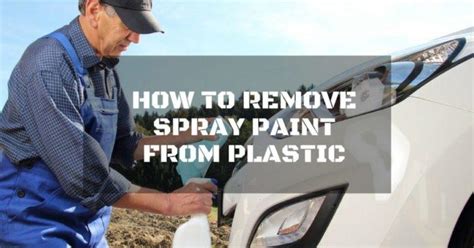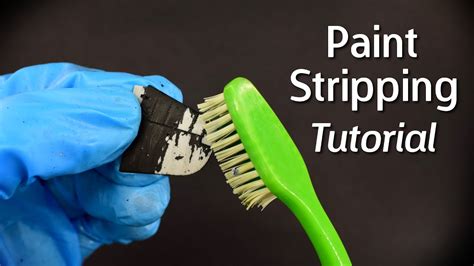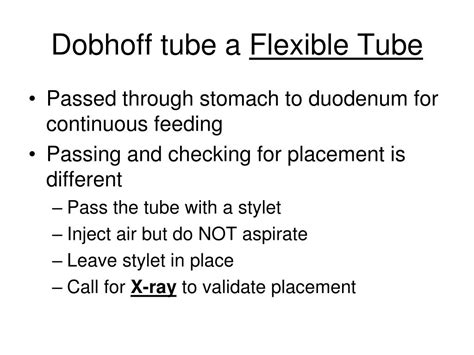Removing paint from plastic surfaces can be a challenging task, but it's not impossible. Whether you're dealing with a plastic toy, a piece of furniture, or any other plastic item that has been painted, the key to successful paint removal lies in the method you choose and the materials you use. In this article, we'll explore the different techniques and products available for removing paint from plastic, along with their pros and cons, to help you make an informed decision.
Key Points
- Assess the type of plastic and paint to determine the best removal method.
- Use gentle methods first, such as soap and water, before progressing to more aggressive techniques.
- Chemical paint strippers can be effective but require caution and proper ventilation.
- Heat and scraping methods can be used for stubborn paint but carry a risk of damaging the plastic.
- Always test a small, inconspicuous area first to ensure the method won't damage the plastic.
Understanding the Type of Plastic and Paint

Before you start removing paint from a plastic surface, it’s essential to understand the type of plastic you’re dealing with and the nature of the paint. Different types of plastics, such as polypropylene, polyethylene, or acrylic, may require different approaches. Similarly, the type of paint—whether it’s oil-based, latex, or epoxy—can influence the removal method. Knowing these details will help you choose the most appropriate technique for your specific situation.
Methods for Removing Paint from Plastic
There are several methods for removing paint from plastic, ranging from gentle to more aggressive techniques. It’s generally recommended to start with the mildest method and progress to stronger techniques only if necessary.
Soap and Water: For water-based paints, a solution of mild soap and warm water can be an effective and non-damaging way to remove paint from plastic. Gently scrub the area with a soft-bristled brush, then rinse thoroughly with clean water.
Chemical Paint Strippers: For more stubborn paint or oil-based paints, chemical paint strippers may be necessary. These products can be found at most hardware stores or home improvement centers. However, they require caution: always follow the manufacturer's instructions, work in a well-ventilated area, and wear protective gloves and eyewear. Apply the stripper according to the instructions, let it sit for the recommended time, and then scrape off the paint with a plastic scraper.
| Removal Method | Description | Safety Precautions |
|---|---|---|
| Soap and Water | Gentle, non-abrasive method for water-based paints. | None needed beyond usual cleaning precautions. |
| Chemical Paint Strippers | More aggressive, for stubborn or oil-based paints. | Wear protective gear, ensure good ventilation. |
| Heat and Scraping | For very stubborn paint, heat can help loosen it. | Avoid overheating, which can damage plastic; use protective gear. |

Precautions and Considerations

Removing paint from plastic requires caution to avoid damaging the surface. Always start with the gentlest method and move to more aggressive techniques only if necessary. When using chemical strippers, ensure you’re in a well-ventilated area, and wear protective gear. For heat and scraping methods, be careful not to overheat the plastic, as this can cause it to deform or become brittle.
Post-Removal Care
After removing the paint, the plastic surface may require some care to restore its original appearance. Cleaning the area with soap and water can help remove any residue from the paint or the removal process. For some types of plastic, a gentle polish or restoration product may be necessary to remove scratches or restore the shine.
What is the safest method to remove paint from plastic without damaging it?
+The safest method often involves starting with the mildest approach, such as using soap and water for water-based paints. If the paint is more stubborn, progressing to chemical paint strippers or heat and scraping methods with caution is advised.
Can all types of paint be removed from plastic?
+Most types of paint can be removed from plastic, but the success of the removal depends on the type of paint and the plastic. Some paints, especially those designed to be permanent or those that have had time to fully bond with the plastic, may be more challenging to remove without damaging the surface.
How do I protect the plastic during the paint removal process?
+Protecting the plastic involves choosing the right removal method for the type of paint and plastic, testing a small area first, working in a controlled environment, and using protective gear when necessary. Gentle techniques and patience are key to avoiding damage.
In conclusion, removing paint from plastic requires a thoughtful approach, considering the type of plastic and paint involved. By starting with gentle methods and progressing as needed, you can successfully remove paint without damaging the plastic surface. Always prioritize caution and take necessary precautions to ensure the removal process is both effective and safe.



